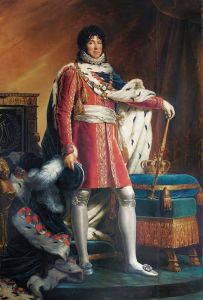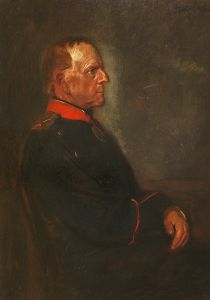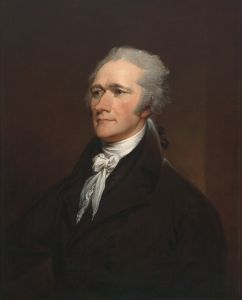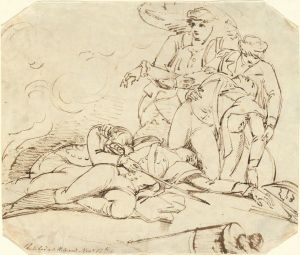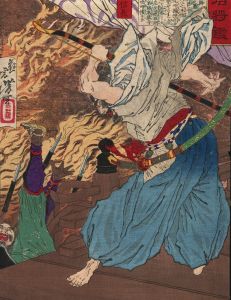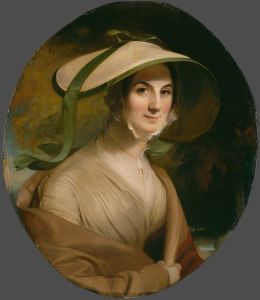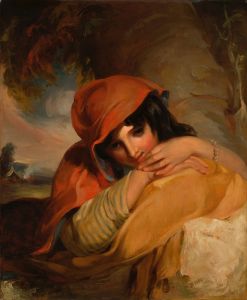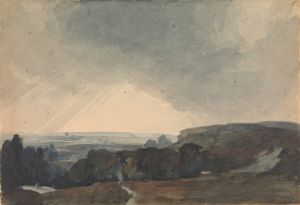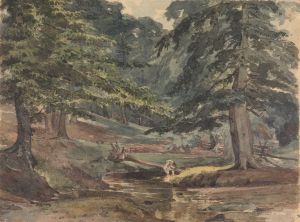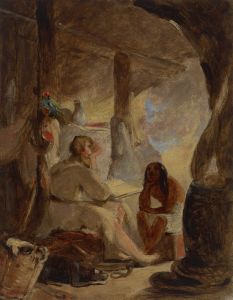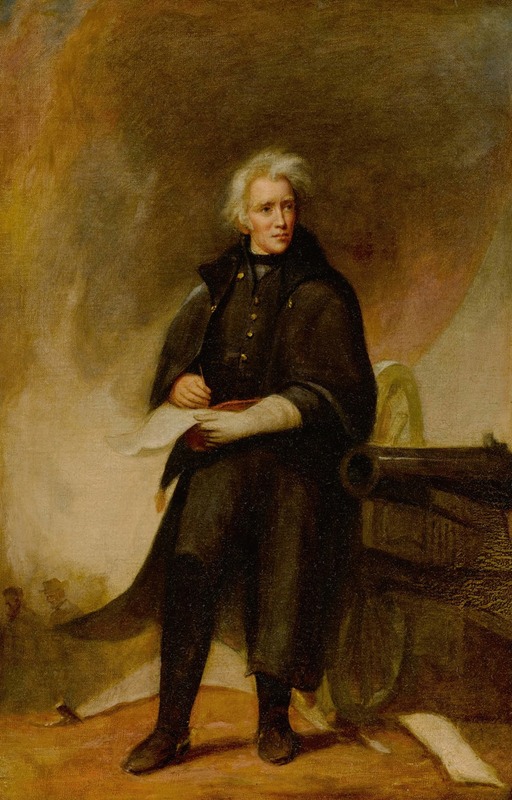
General Jackson After the Battle of New Orleans
A hand-painted replica of Thomas Sully’s masterpiece General Jackson After the Battle of New Orleans, meticulously crafted by professional artists to capture the true essence of the original. Each piece is created with museum-quality canvas and rare mineral pigments, carefully painted by experienced artists with delicate brushstrokes and rich, layered colors to perfectly recreate the texture of the original artwork. Unlike machine-printed reproductions, this hand-painted version brings the painting to life, infused with the artist’s emotions and skill in every stroke. Whether for personal collection or home decoration, it instantly elevates the artistic atmosphere of any space.
"General Jackson After the Battle of New Orleans" is a notable painting by the American artist Thomas Sully, created in 1815. This portrait captures Major General Andrew Jackson, who later became the seventh President of the United States, in the aftermath of the Battle of New Orleans, a significant conflict during the War of 1812.
Thomas Sully, an English-born painter who became one of the leading portrait artists in the United States, was known for his ability to capture the character and stature of his subjects. His work on this painting is no exception, as it reflects both the historical importance of the event and the commanding presence of General Jackson.
The Battle of New Orleans took place on January 8, 1815, and was the final major battle of the War of 1812. Despite the Treaty of Ghent being signed in December 1814, which effectively ended the war, news of the treaty had not yet reached the combatants in New Orleans. The battle was a decisive victory for the United States, with Jackson's forces defeating the British Army, which was considered one of the most powerful military forces at the time. This victory made Jackson a national hero and significantly boosted his political career.
In Sully's portrait, General Jackson is depicted in his military uniform, exuding confidence and leadership. The painting is characterized by Sully's adept use of light and shadow, which adds depth and dimension to Jackson's figure. The artist's attention to detail is evident in the rendering of Jackson's facial features and the texture of his uniform, capturing the essence of a man who had just led his troops to a remarkable victory.
Sully's choice to paint Jackson after the battle highlights the general's resilience and determination. The portrait not only serves as a commemoration of Jackson's military success but also as a testament to his emerging prominence in American politics. The painting was well-received and contributed to the growing legend of Andrew Jackson as a war hero.
The artwork is part of the collection at The Historic New Orleans Collection, a museum and research center dedicated to preserving the history and culture of New Orleans and the Gulf South. It remains an important piece of American art, offering insight into the early 19th-century historical context and the role of portraiture in shaping public perception of historical figures.
"General Jackson After the Battle of New Orleans" is a reflection of both the artistic skill of Thomas Sully and the historical significance of Andrew Jackson's military achievements. The painting continues to be studied and appreciated for its artistic merit and its portrayal of a pivotal moment in American history.





